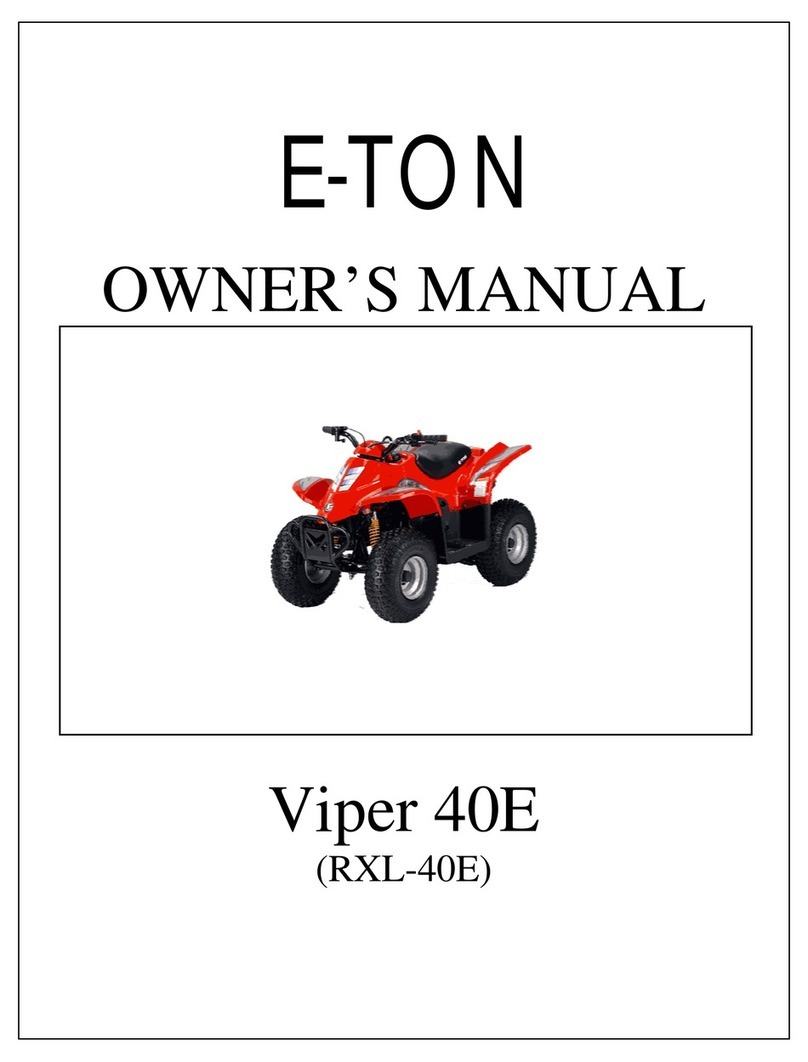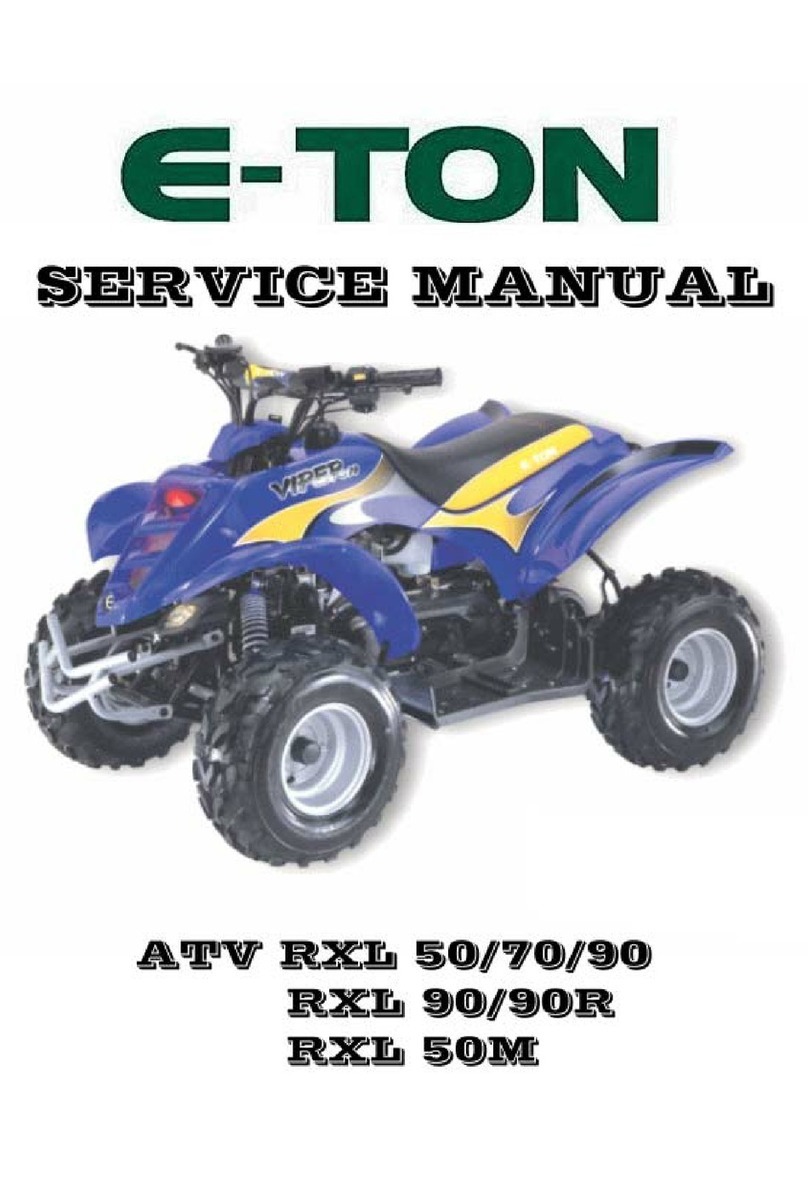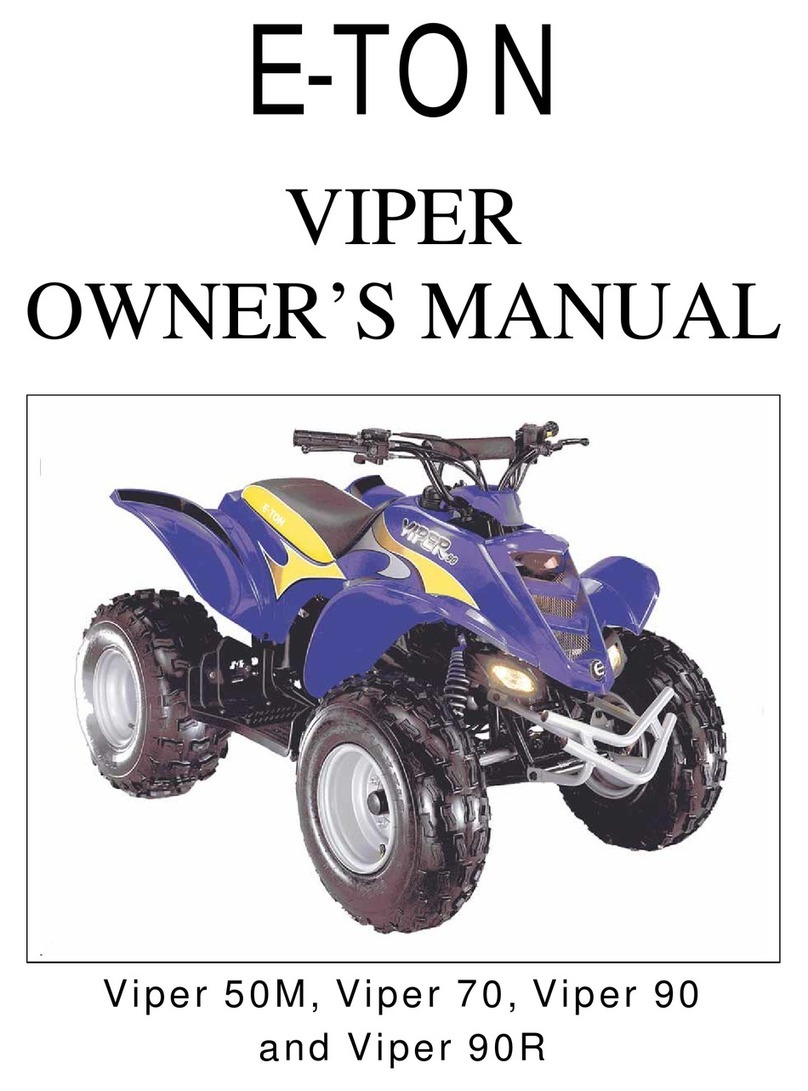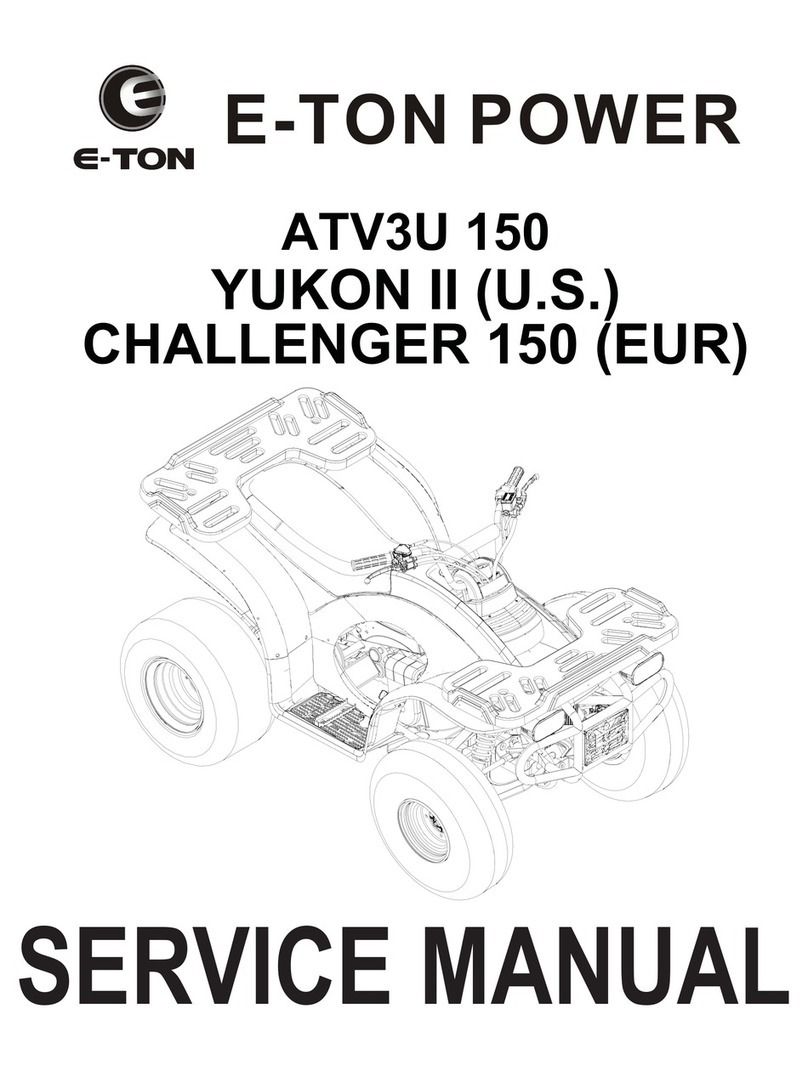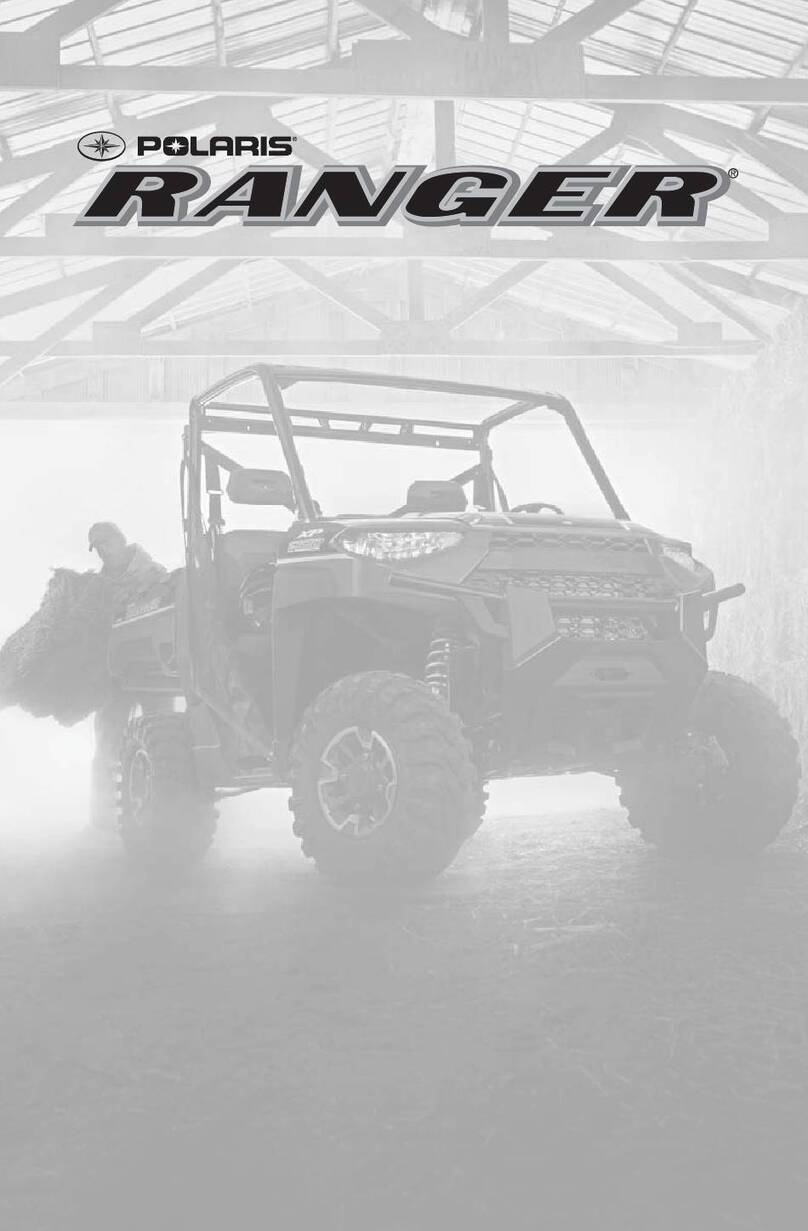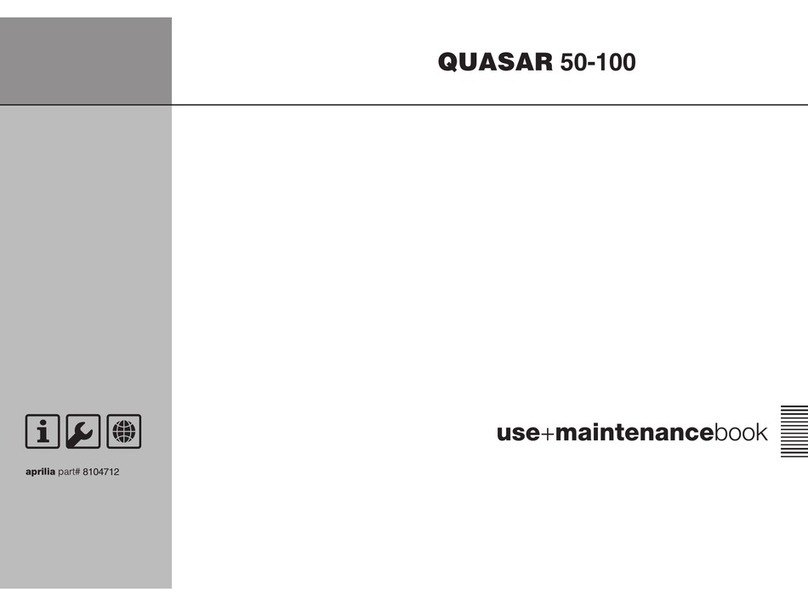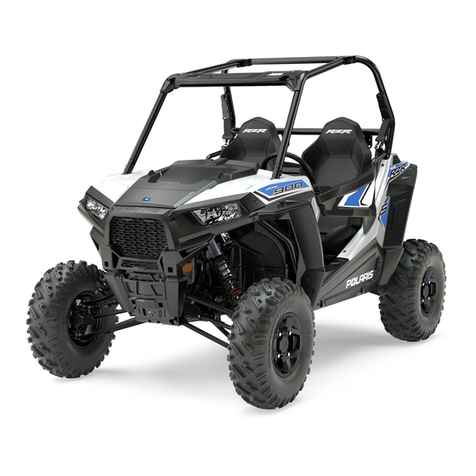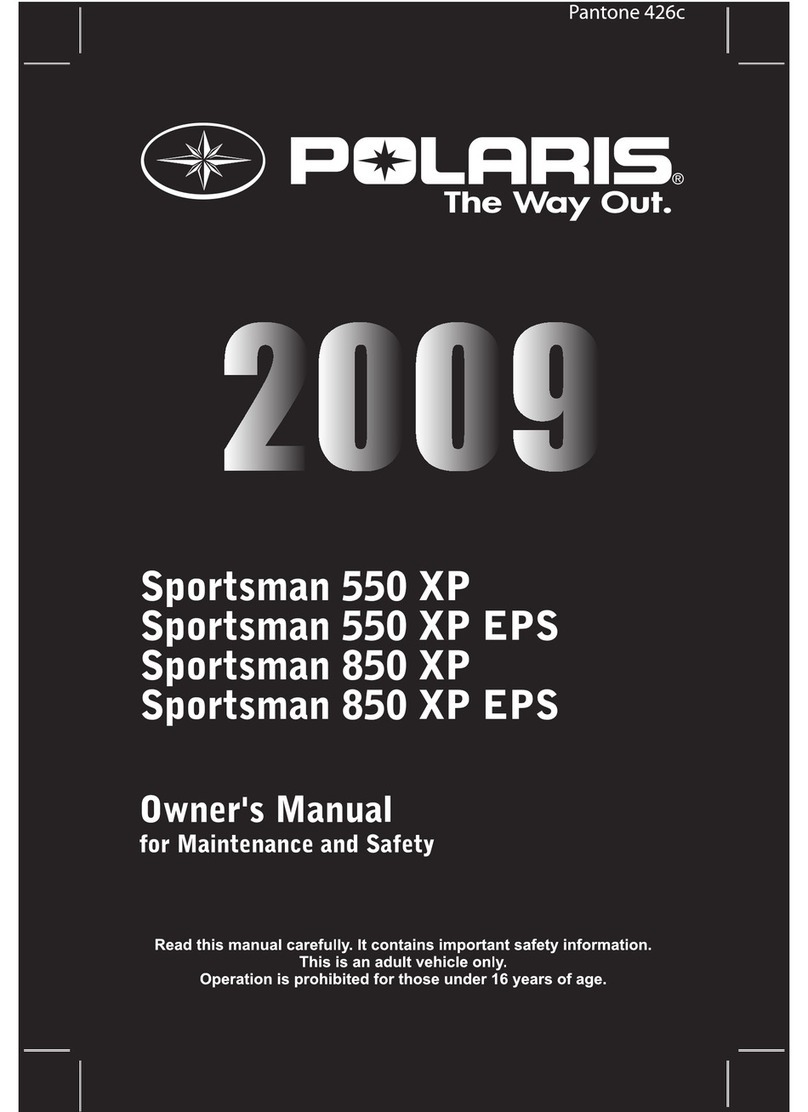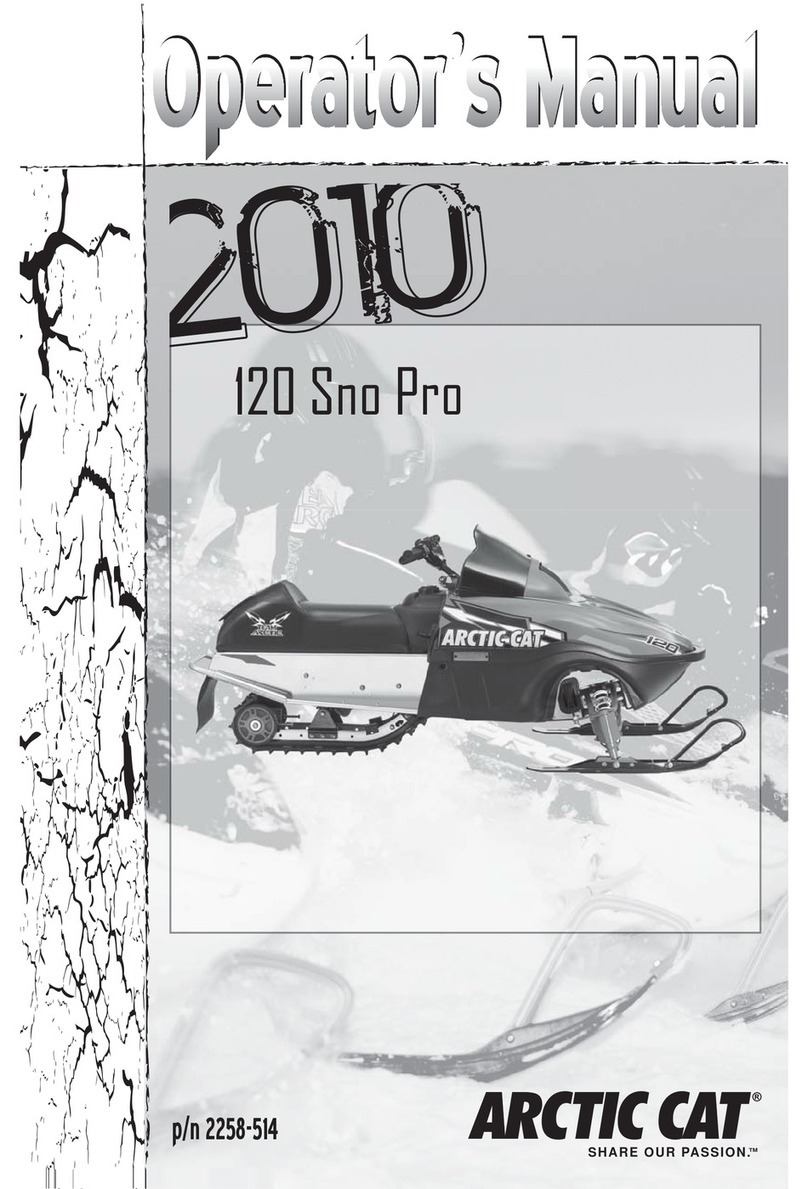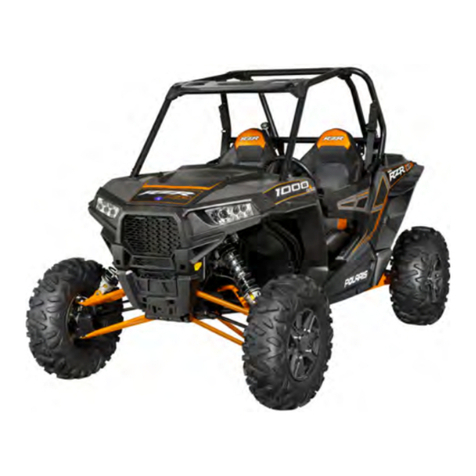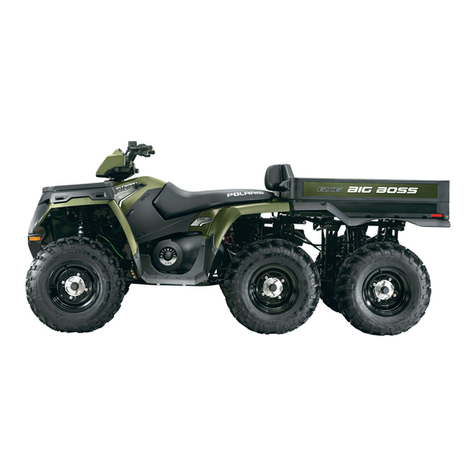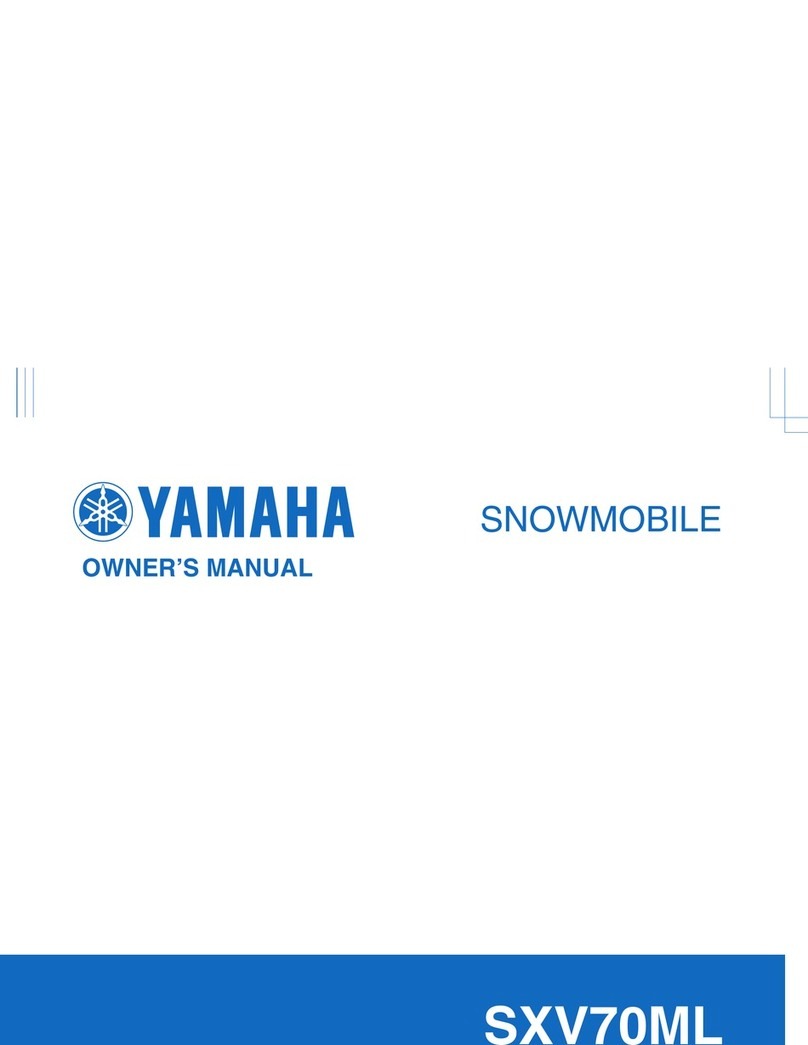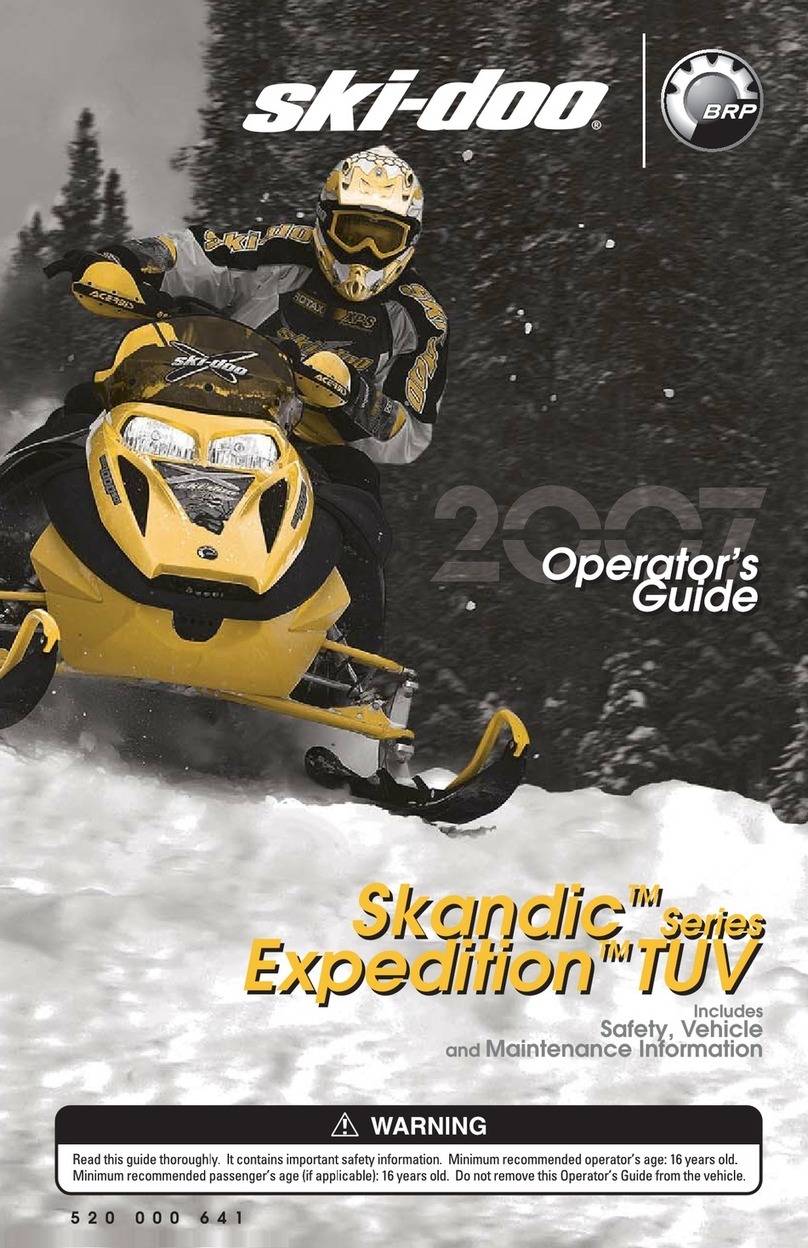Eton VIPER 50 ST - SERVICE User manual
Other Eton Offroad Vehicle manuals

Eton
Eton ATV8E - SERVICE User manual
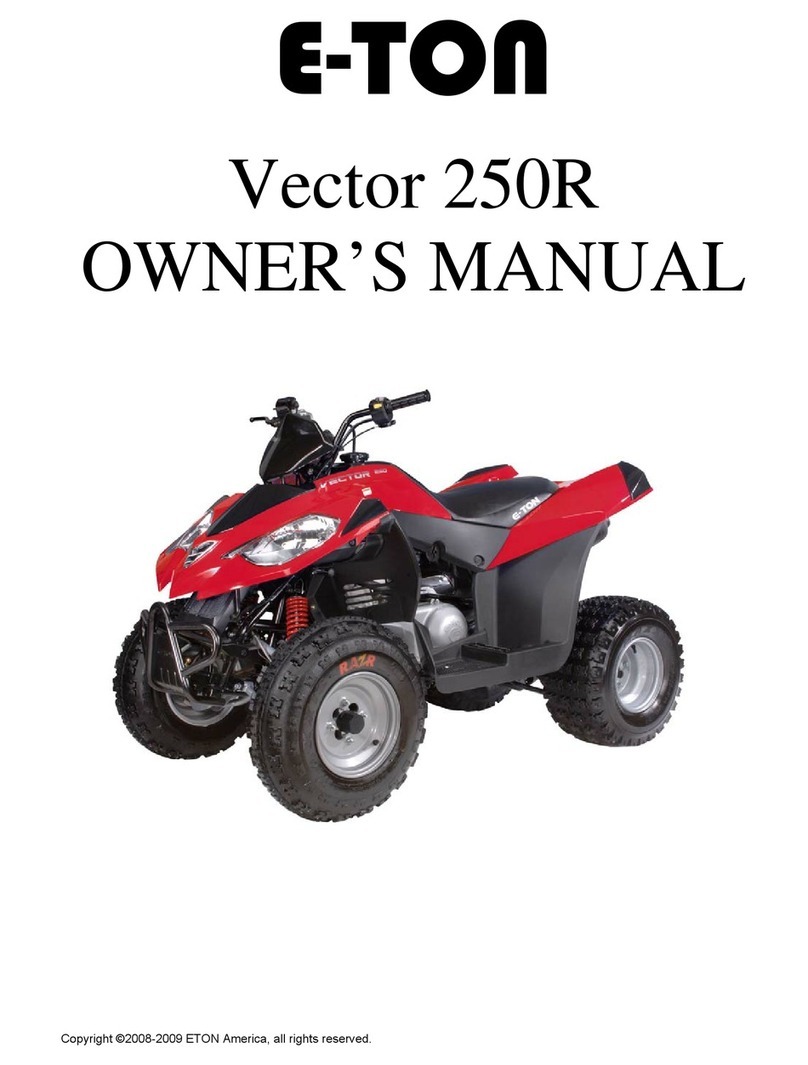
Eton
Eton Vector 250R User manual
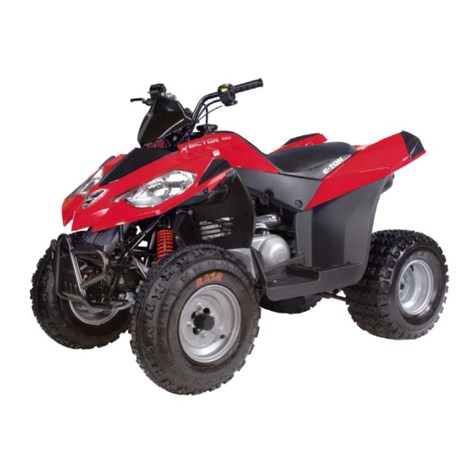
Eton
Eton Vector 250R User manual

Eton
Eton Viper 70 User manual

Eton
Eton Viper 150 User manual

Eton
Eton Yukon II CXL-150 User manual

Eton
Eton IXL 40 User manual
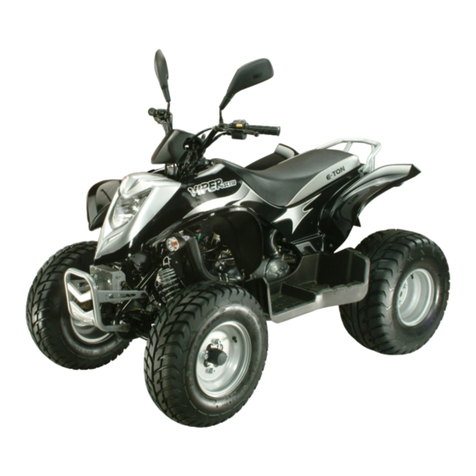
Eton
Eton ATV3F-150 - SERVICE User manual
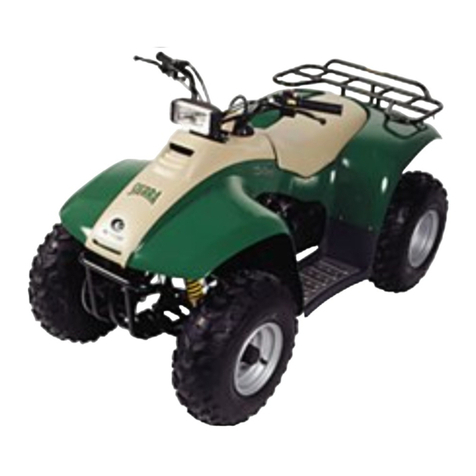
Eton
Eton DXL90 User manual
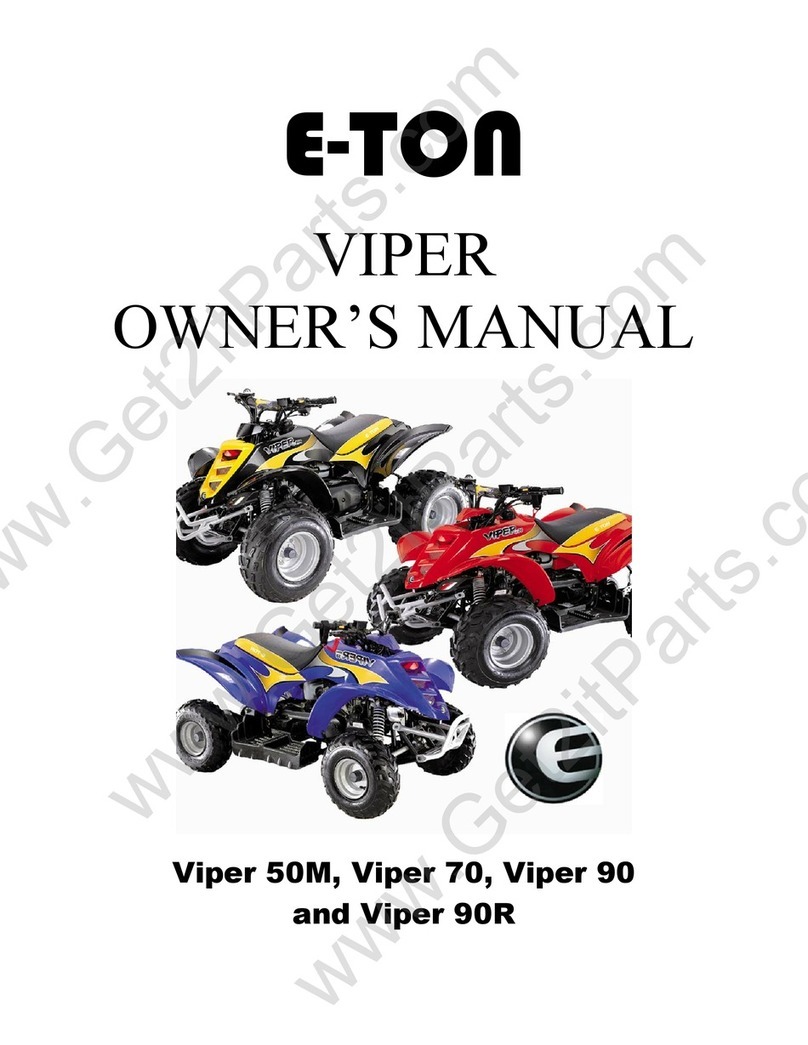
Eton
Eton 2006 Viper 70 User manual

Eton
Eton CXL-150 - SERVICE User manual
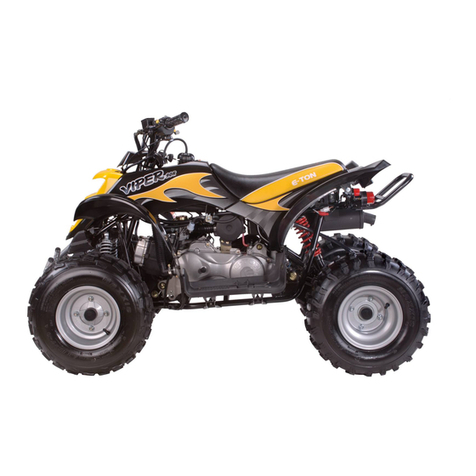
Eton
Eton Viper 90R User manual
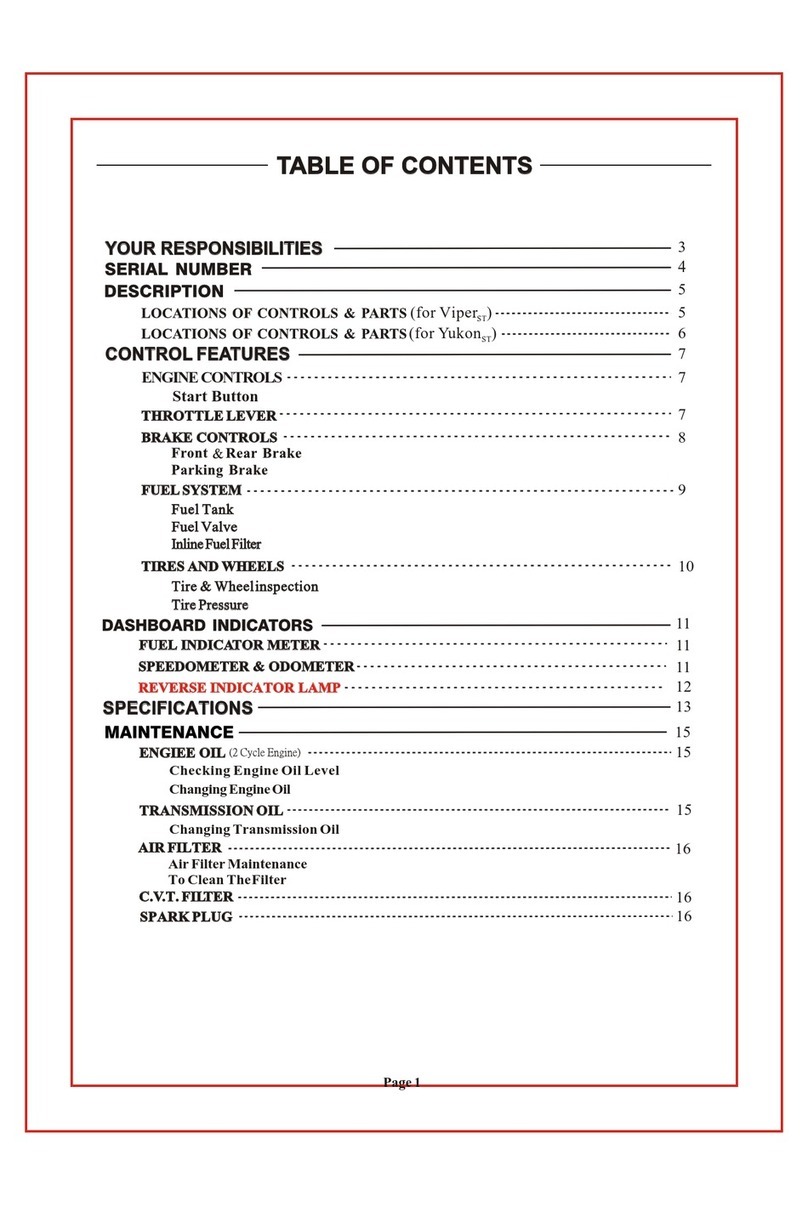
Eton
Eton EXL-50 - SERVICE User manual

Eton
Eton CXL-150 User manual
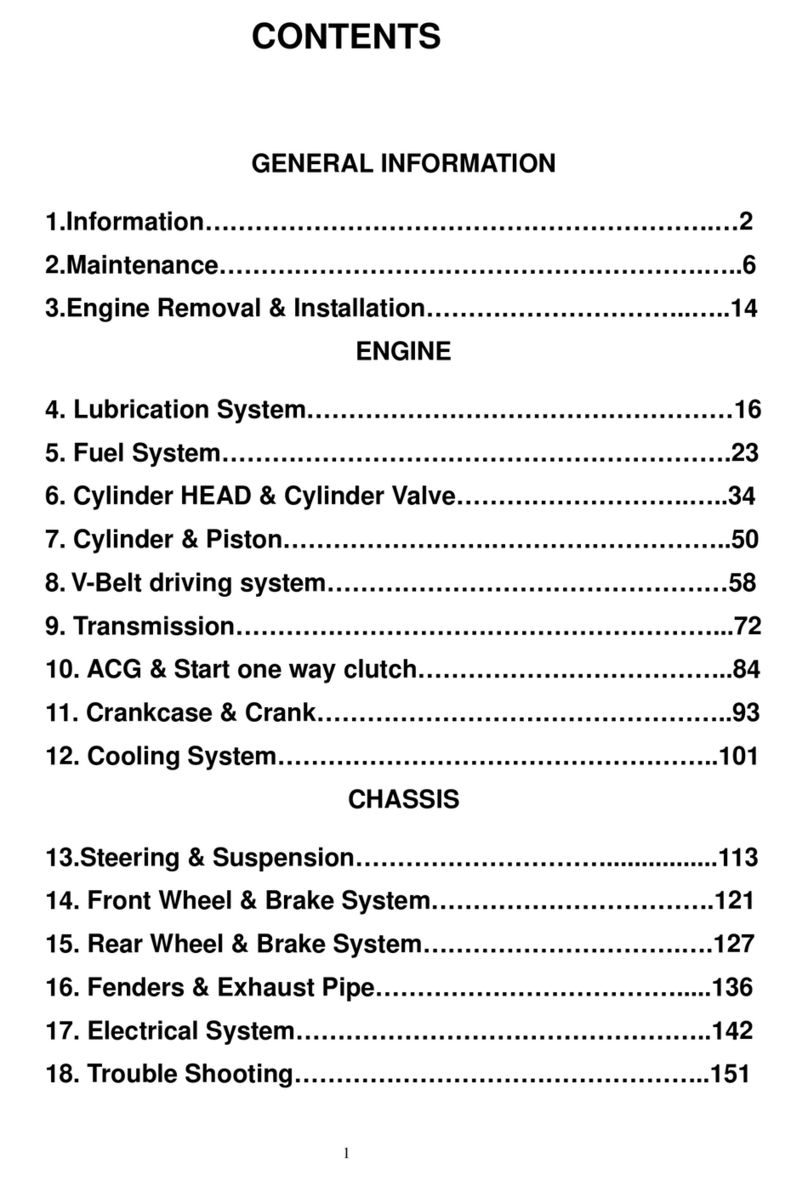
Eton
Eton VECTOR ST 250 User manual

Eton
Eton Lightning-AXL50 User manual

Eton
Eton ATV8F - SERVICE User manual

Eton
Eton Viper Jr. (RXL-40) User manual

Eton
Eton ROVER User manual
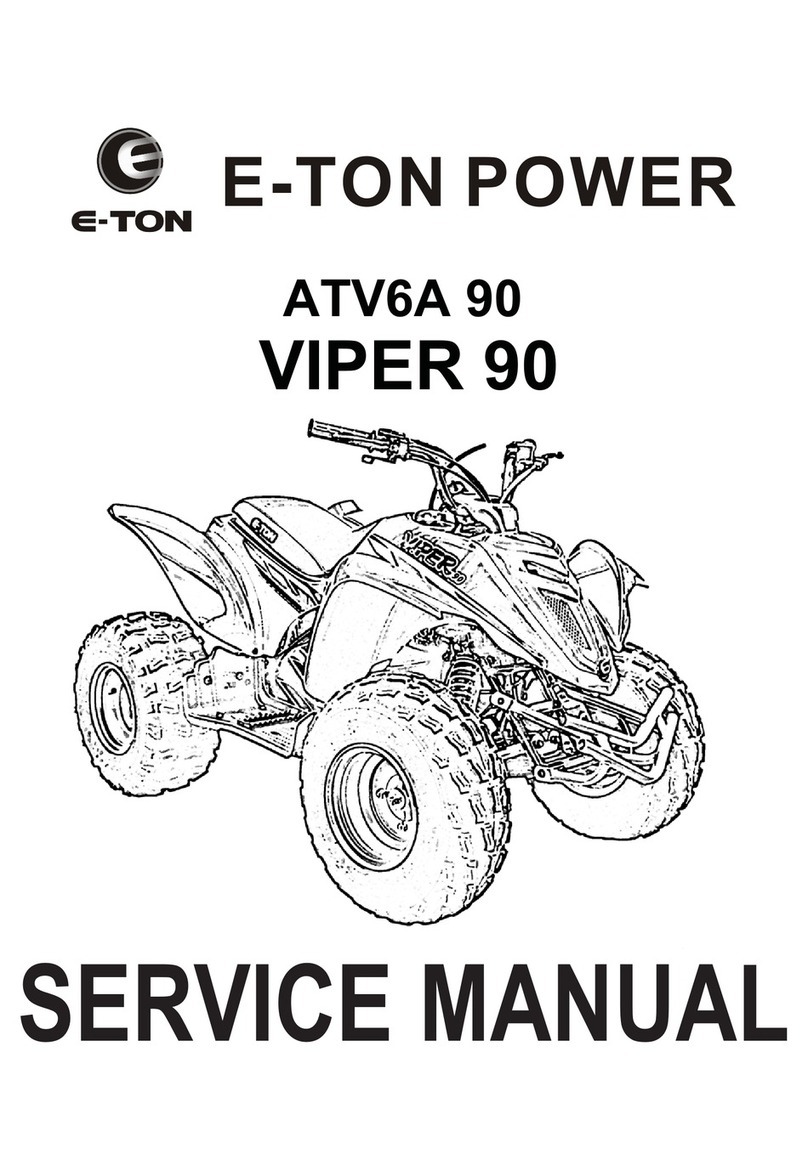
Eton
Eton ATV6A 90 User manual
